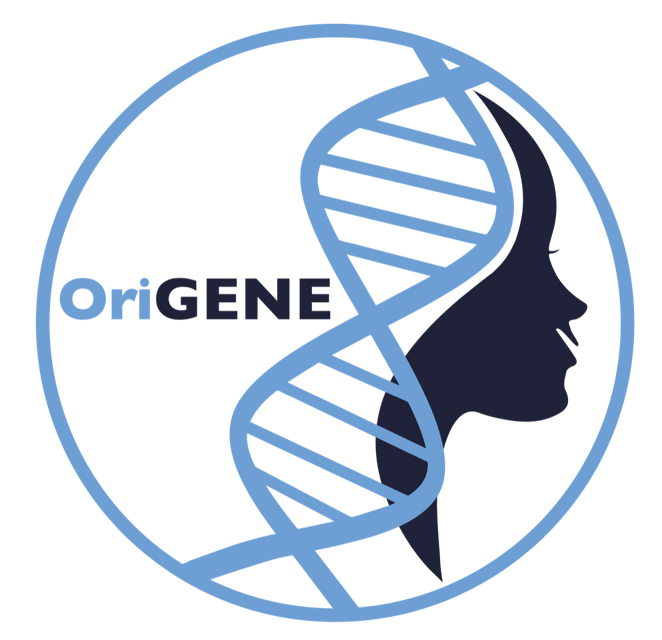Definition AGORA
“AGORA” stands for Aetiological (causal) research on Genetic and Occupational Risk factors for Anomalies in children. The AGORA- project is an interdisciplinary project which started off at UZ & KU Leuven as a collaboration between the multidisciplinary cleft team and the center and department of human genetics in 2010. With the data from this research we are looking for the cause(s) and mechanisms of origin of orofacial clefting.
Looking for causes and mechanisms of origin
Although a lot remains to be elucidated, variations in the DNA have already been shown to play a role in orofacial cleft development. The human genome is spread over 23 pairs of chromosomes. From each pair of chromosomes, one chromosome comes from the mother and one from the father. These chromosomes are composed of DNA, which contains four different building blocks represented by the letters ATGC. The order of these letters/building blocks determines the hereditary information. One piece of DNA that contains information for one specific characteristic (for example eye color) is called a gene. Every person has about 20.000 different genes that determine how you look and how your body works. Genetic disorders are caused by errors in these genes. This can be due to abnormalities in the chromosomes (an excess or deficiency of a complete chromosome, or part of a chromosome). However, most genetic disorders are caused by an error in the DNA letters of a gene or in the sequence of the DNA letters. Determining the order of the letters of the DNA (also DNA sequence) is therefore a standard genetic test.
New DNA techniques make it possible to determine the complete DNA sequence of all chromosomes (the genome) by means of a single test. This technique is called genome sequencing. In the AGORA Genome Project, children with an orofacial cleft and their biological parents are invited to participate in this genome sequencing. With the results of this study, we hope to get one step closer to unraveling the different genetic causes of orofacial clefting.
In addition to genetic factors, environmental factors shortly before and during pregnancy can also play a role in the development of orofacial clefts. Data on this are also collected in the AGORA-cleft research. By means of questionnaires completed by the father and the mother of the child with cleft lip and/or palate, we try to get a picture of a number of environmental factors in the period shortly before and during pregnancy. There are also indications that certain variations in the sequence of the letters of the DNA, which under normal circumstances have no effect on health, in combination with certain environmental factors can still lead to a condition.
About orofacial clefts
In Europe, orofacial clefts occur on average in 1 in 600 to 1.000 births. Because a cleft lip, jaw and/or palate affects many functions (such as swallowing, speaking, hearing, tooth development, maxillary growth) cleft patients and their parents are monitored in a multidisciplinary team of specialists.
Results
How soon we will achieve results in the search for the causes of orofacial clefting depends mainly on the financial resources that we have at our disposal. The OriGENE Fund of the KU Leuven was founded for this purpose.
OriGENE Fund
Do you want to give the AGORA-cleft research a boost? Then support the OriGENE Fund of KU Leuven. Your donation will be used directly to finance scientific research into the causes of orofacial clefting.
